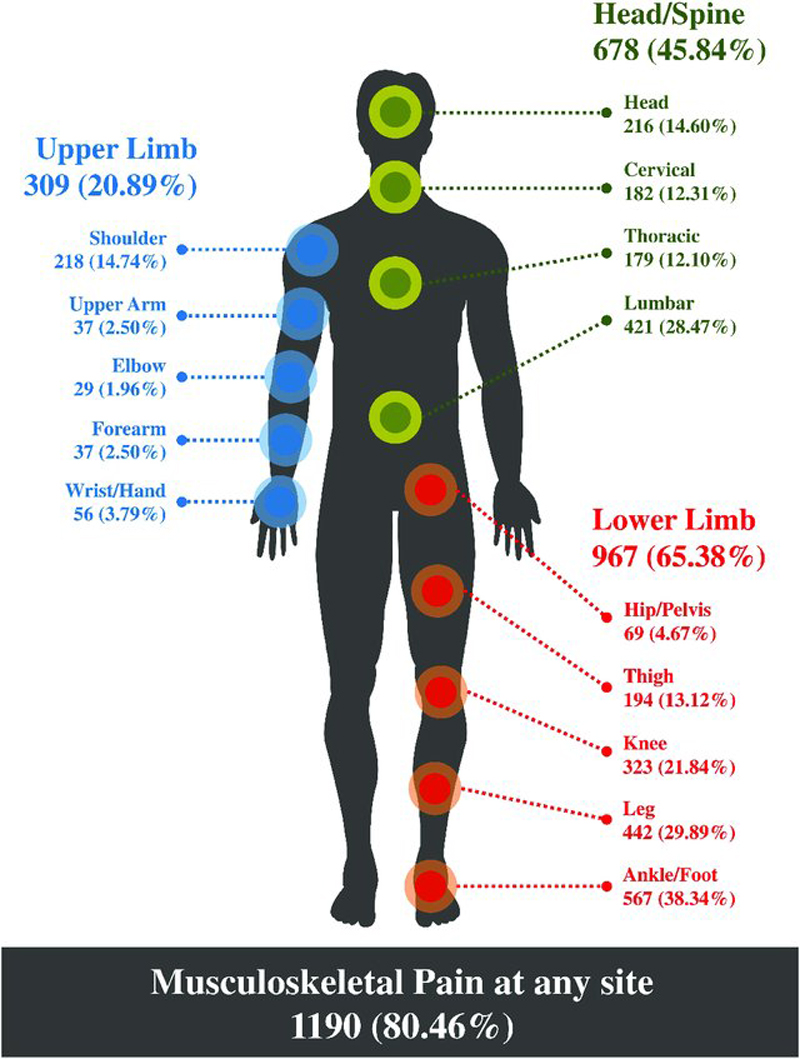Association of Subclinical Neck Pain With Altered Multisensory Integration at Baseline and 4-Week Follow-up Relative to Asymptomatic Controls
SOURCE: J Manipulative Physiol Ther. 2018 (Feb); 41 (2): 81–91
Bassem Farid, BHSc (Hons), Paul Yielder, PhD, Michael Holmes, PhD, Heidi Haavik, PhD, Bernadette A. Murphy, DC, PhD
Health Sciences,
University of Ontario Institute of Technology,
Oshawa, Ontario, Canada.
OBJECTIVE: The purpose of this study was to test whether people with subclinical neck pain (SCNP) had altered visual, auditory, and multisensory response times, and whether these findings were consistent over time.
METHODS: Twenty-five volunteers (12 SCNP and 13 asymptomatic controls) were recruited from a Canadian university student population. A 2-alternative forced-choice discrimination task with multisensory redundancy was used to measure response times to the presentation of visual (color filled circles), auditory (verbalization of the color words, eg, red or blue), and multisensory (simultaneous audiovisual) stimuli at baseline and 4 weeks later.
RESULTS: The SCNP group was slower at both visual and multisensory tasks (P = .046, P = .020, respectively), with no change over 4 weeks. Auditory response times improved slightly but significantly after 4 weeks (P = .050) with no group difference.
There are more articles like this @ our:
CONCLUSIONS: This is the first study to report that people with subclinical neck pain (SCNP) have slower visual and multisensory response times than asymptomatic individuals. These differences persist over 4 weeks, suggesting that the multisensory technique is reliable and that these differences in the SCNP group do not improve on their own in the absence of treatment.
Key Indexing Terms: Reaction Time, Neck Pain, Superior Colliculi, Choice Behavior
From the Full-Text Article:
Introduction
Approximately 30% to 50% of people experience neck pain every year, which places a significant burden on the health care system. [1] A specific category of neck pain is subclinical neck pain (SCNP), which refers to lower-grade neck dysfunction in which individuals have recurrent flare-ups of neck pain but have not yet sought regular treatment. [2–4]
Altered afferent input through repetition and overuse changes the way that sensory information is processed by causing plastic changes in the central nervous system. [5–7] Several studies have provided evidence for altered proprioceptive and neuromuscular function in individuals with SCNP. [8–11] Further research has suggested that the altered afferent input arising from SCNP leads to altered sensorimotor integration (SMI), altered motor output, and impaired motor control. [5, 12–14] It has been hypothesized that other sensory modalities such as visual and auditory inputs may also be processed differently in SCNP causing altered multisensory integration. [12]
Read the rest of this Full Text article now!





Leave A Comment